Cherokee Syllabary
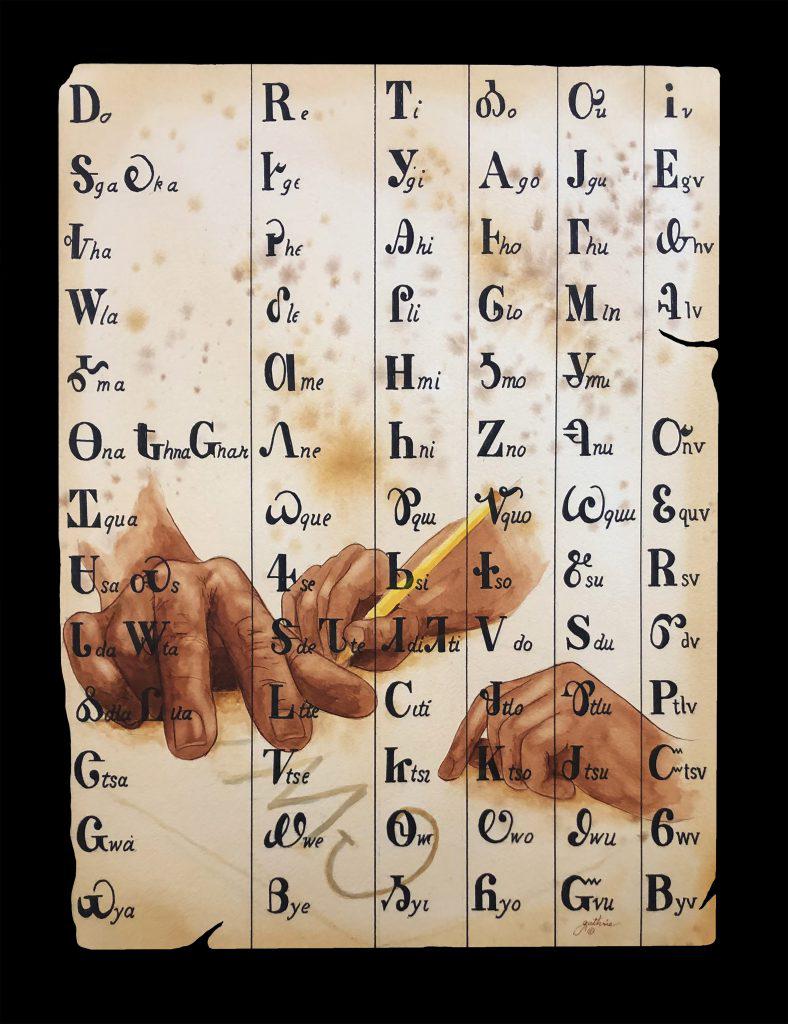
Cherokee language and the Cherokee Syllabary is being taught in many Cherokee schools in Cherokee Nation (Oklahoma) and in the eastern Band of the Cherokee in North Carolina.
Around 1809, impressed by the “talking leaves” of European written languages, Sequoyah began work to create a writing system for the Cherokee language. After attempting to create a character for each word, Sequoyah realized this would be too difficult and eventually created characters to represent syllables. He worked on the syllabary for twelve years before completion and dropped or modified most of the characters he originally created.
After the syllabary was completed in the early 1820s, it achieved almost instantaneous popularity and spread rapidly throughout Cherokee society. By 1825, the majority of Cherokees could read and write in their newly developed orthography.
Some of Sequoyah’s most learned contemporaries immediately understood that the syllabary was a great invention. For example, when Albert Gallatin, a politician and trained linguist, saw a copy of Sequoyah’s syllabary, he believed it was superior to the English alphabet in that literacy could be easily achieved for Cherokee at a time when only one-third of English-speaking people achieved the same goal.[22] He recognized that even though the Cherokee student must learn 85 characters instead of 26 for English, the Cherokee could read immediately after learning all the symbols. The Cherokee student could accomplish in a few weeks what students of English writing might require two years to achieve.
In 1828, the order of the characters in a chart and the shapes of the characters were modified by Cherokee author and editor Elias Boudinot to adapt the syllabary to printing presses. The 86th character was dropped entirely. Following these changes, the syllabary was adopted by the Cherokee Phoenix newspaper, later Cherokee Advocate, followed by the Cherokee Messenger, a bilingual paper printed in Indian Territory in the mid-19th century.
In 1834, Worcester made changes to several characters in order to improve the readability of Cherokee text. Most notably, he inverted the do character (Ꮩ) so that it could not be confused with the go character (Ꭺ). Otherwise, the characters remained remarkably invariant until the advent of new typesetting technologies in the 20th century.
Click Here to Order Fine Art Prints
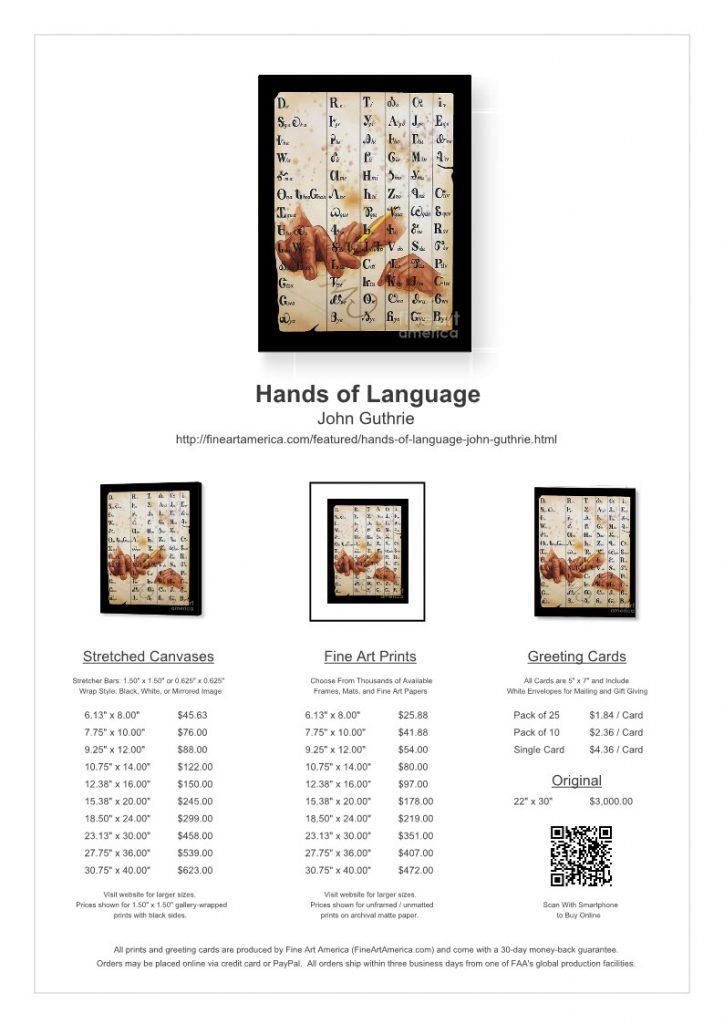
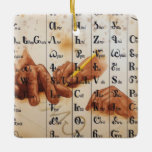
Hands of Language Ceramic Ornament
Original Watercolor over the hand drawn Syllabary that is taught to ...
$17.70
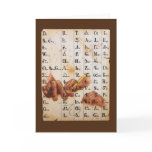
Original Watercolor over the hand drawn Syllabary that is taught to ...
$4.42
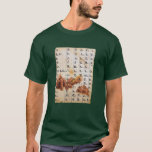
Original Watercolor over the hand drawn Syllabary that is taught to ...
$23.85
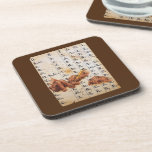
Hands of Language Beverage Coaster
Original Watercolor over the hand drawn Syllabary that is taught to ...
$36.80